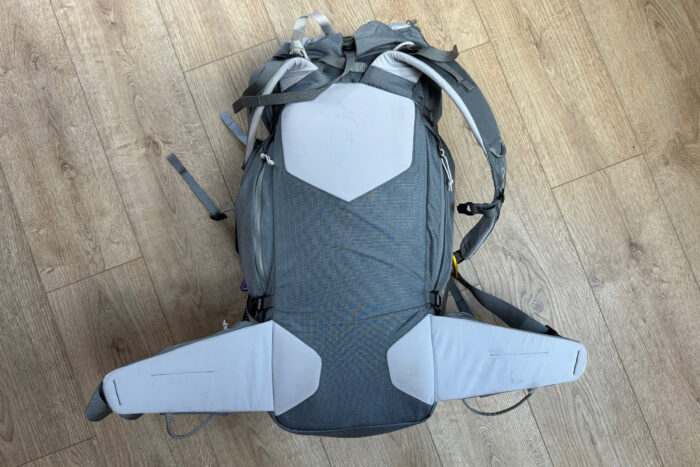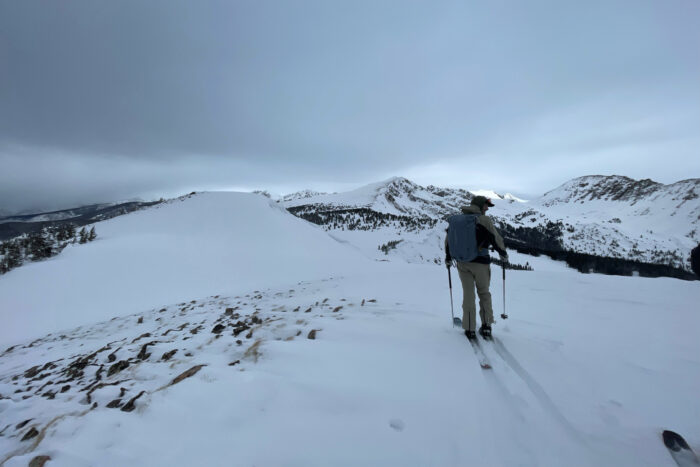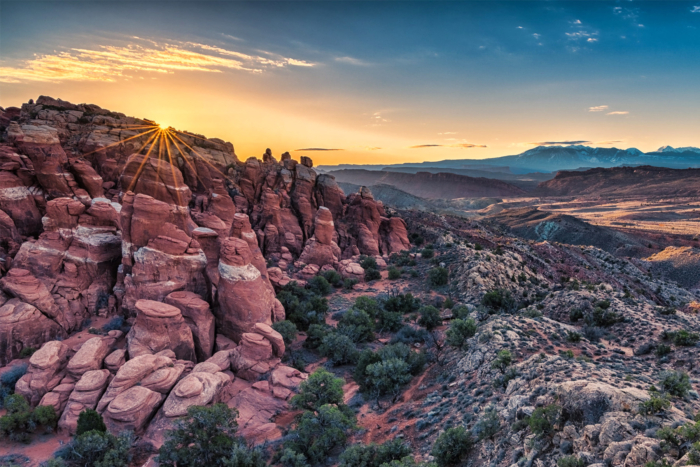- Materials: 420d Robic / N6.6 Ripstop
- Weight: 1005g
- Comes in two back lengths (S/M & M/L):
- Dual ice axe carry:
- Ski carry: Diagonal, A-frame or quick carry
- Side compression straps:
- Hybrid laminated shoulder straps with lanyard loops:
- Low profile hip pads with pockets and gear loops:
- Removable Spring steel frame:
- Separate avalanche tool storage:
- Quick-deploy vertical rope compartment:
- Full length side access zip:
Pros
- Streamlined and minimalist
- Big enough for multi-day ski tours
- Easily accommodates gear for ice climbing, mountaineering and skiing
- Very lightweight
Cons
- Could use more pocket storage options
- Not the best pack for ski descents
Blue Ice Kume 40L Backpack Review

Pack Design



Kume 40L’s Features

Strap Features

Helmet-Carry

Zipper Access
Durability
Technical Gear Carry

Carrying Ropes

Ice Axe/Tools Storage

What Feature Is It Missing?
Carrying the Pack


Blue Ice Kume 40L Backpack: Conclusion












